Like many ethnic groups that have long lived on the Ha Giang stone plateau, the Lo Lo people in Lung Cu commune, Dong Van district, still preserve many unique traditional customs and rituals.
 Among them, the ancestral worship ceremony at the head of the family's house around the middle to the end of the seventh lunar month is one of the unique rituals, expressing the Lo Lo people's philosophy of life, family affection, and gratitude to their ancestors.
Among them, the ancestral worship ceremony at the head of the family's house around the middle to the end of the seventh lunar month is one of the unique rituals, expressing the Lo Lo people's philosophy of life, family affection, and gratitude to their ancestors.  The Lo Lo worship their parents, grandparents, near ancestors (3rd and 4th generations) and distant ancestors (5th generations and earlier) at the eldest son's house. The altar is usually placed against the wall of the middle room, opposite the main door, with wooden figures placed or mounted above the altar symbolizing the souls of the ancestors.
The Lo Lo worship their parents, grandparents, near ancestors (3rd and 4th generations) and distant ancestors (5th generations and earlier) at the eldest son's house. The altar is usually placed against the wall of the middle room, opposite the main door, with wooden figures placed or mounted above the altar symbolizing the souls of the ancestors.  Every year, the family's ancestor worship ceremony is held at the head of the family's house, with families gathering together to prepare and contribute offerings. In the ceremony, a pair of bronze drums - a sacred treasure of the Lo Lo community - including a male drum and a female drum - is indispensable. This pair of drums is only used when the community has important ceremonies and festivals.
Every year, the family's ancestor worship ceremony is held at the head of the family's house, with families gathering together to prepare and contribute offerings. In the ceremony, a pair of bronze drums - a sacred treasure of the Lo Lo community - including a male drum and a female drum - is indispensable. This pair of drums is only used when the community has important ceremonies and festivals.  The person invited to play the drum must be a reputable person, usually an experienced artist. The drum is also the only musical instrument used in this ritual. At the beginning of the ceremony, the shaman burns incense to invite the ancestors to attend, witness the sincerity and enjoy the offerings of the descendants. Then the artist beats the drum and the dancers begin to move to the beat of the drum. The dancers include women in the family wearing traditional costumes and "grass ghosts".
The person invited to play the drum must be a reputable person, usually an experienced artist. The drum is also the only musical instrument used in this ritual. At the beginning of the ceremony, the shaman burns incense to invite the ancestors to attend, witness the sincerity and enjoy the offerings of the descendants. Then the artist beats the drum and the dancers begin to move to the beat of the drum. The dancers include women in the family wearing traditional costumes and "grass ghosts".  “Forest people” or also known as “grass ghosts” are people who disguise themselves with costumes woven from “su choeo” grass found on “chun ta” mountain (the mountain peak called “Spine”). Su choeo grass is a long, soft, tough grass that can be easily woven into costumes that cover the entire body. Grass ghosts also wear masks made from bamboo. After dressing up, grass ghosts dance to the beat of drums all day. Grass ghosts are not allowed to eat, talk and must be very careful not to trip while dancing. Grass ghosts “dancing” is the most important activity because the Lo Lo people believe that grass ghosts are the origin of their distant ancestors who lived in the forest and had to use plants and grass as clothes.
“Forest people” or also known as “grass ghosts” are people who disguise themselves with costumes woven from “su choeo” grass found on “chun ta” mountain (the mountain peak called “Spine”). Su choeo grass is a long, soft, tough grass that can be easily woven into costumes that cover the entire body. Grass ghosts also wear masks made from bamboo. After dressing up, grass ghosts dance to the beat of drums all day. Grass ghosts are not allowed to eat, talk and must be very careful not to trip while dancing. Grass ghosts “dancing” is the most important activity because the Lo Lo people believe that grass ghosts are the origin of their distant ancestors who lived in the forest and had to use plants and grass as clothes.  Nowadays, if ancestors want to witness the sincerity of their descendants, they must have a spirit to guide them. The spirit is like a bridge between the descendants in the mortal world and their ancestors in the other world. It seems that the strong spiritual belief makes the spirit dance from the beginning of the ceremony to the end to the beat of the drums without getting tired. When night falls, it is time for the shaman to perform the ceremony to see off the ancestors. A large fire is lit in the middle of the yard. By the bright light of the fire, the shaman, on behalf of the family, reports to the ancestors about the offerings of the descendants, asking the ancestors to accept their sincerity and feel secure in the other world, and to bless the descendants with good luck. After that, the offerings of gold and silver are burned by the shaman to end the ceremony at dawn the next day. Other offerings are processed into many dishes, divided among the members participating in the ceremony and organized into a party for the community to enjoy together.
Nowadays, if ancestors want to witness the sincerity of their descendants, they must have a spirit to guide them. The spirit is like a bridge between the descendants in the mortal world and their ancestors in the other world. It seems that the strong spiritual belief makes the spirit dance from the beginning of the ceremony to the end to the beat of the drums without getting tired. When night falls, it is time for the shaman to perform the ceremony to see off the ancestors. A large fire is lit in the middle of the yard. By the bright light of the fire, the shaman, on behalf of the family, reports to the ancestors about the offerings of the descendants, asking the ancestors to accept their sincerity and feel secure in the other world, and to bless the descendants with good luck. After that, the offerings of gold and silver are burned by the shaman to end the ceremony at dawn the next day. Other offerings are processed into many dishes, divided among the members participating in the ceremony and organized into a party for the community to enjoy together.Heritage Magazine



![[Photo] Visiting Cu Chi Tunnels - a heroic underground feat](https://vstatic.vietnam.vn/vietnam/resource/IMAGE/2025/4/8/06cb489403514b878768dd7262daba0b)






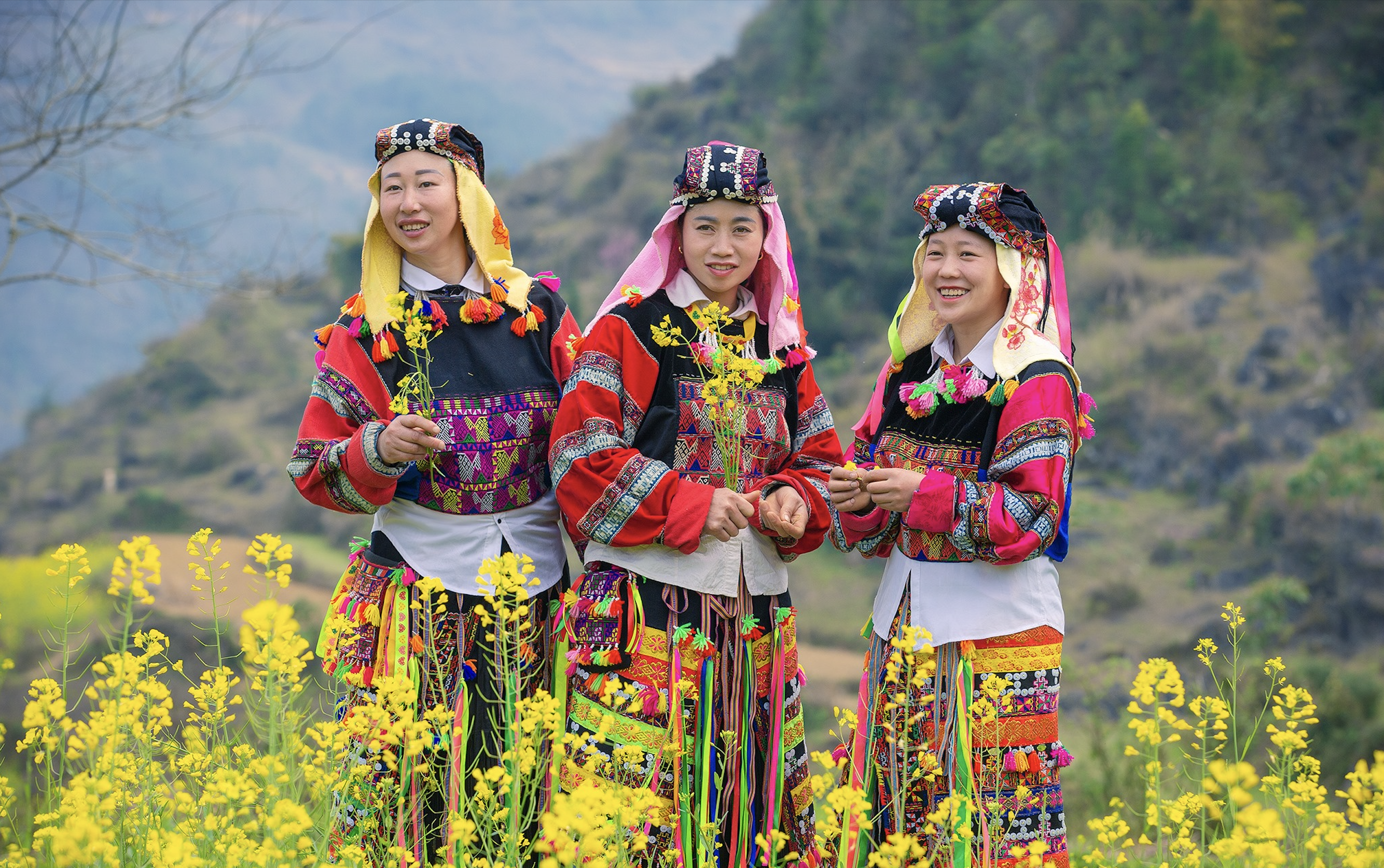

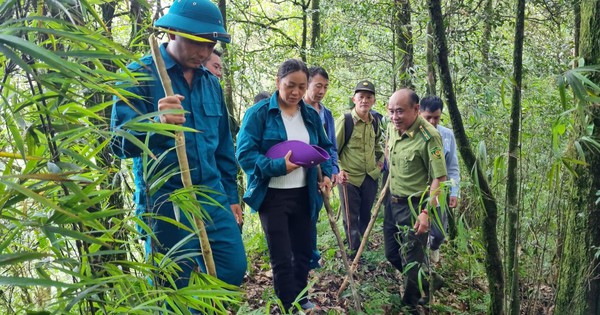


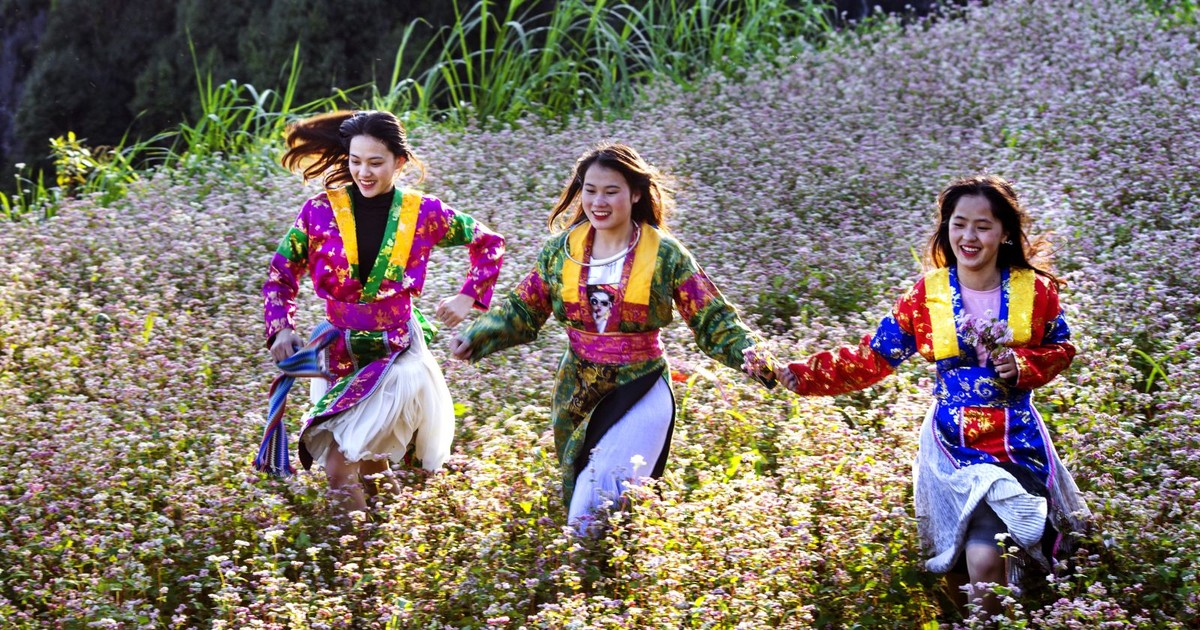

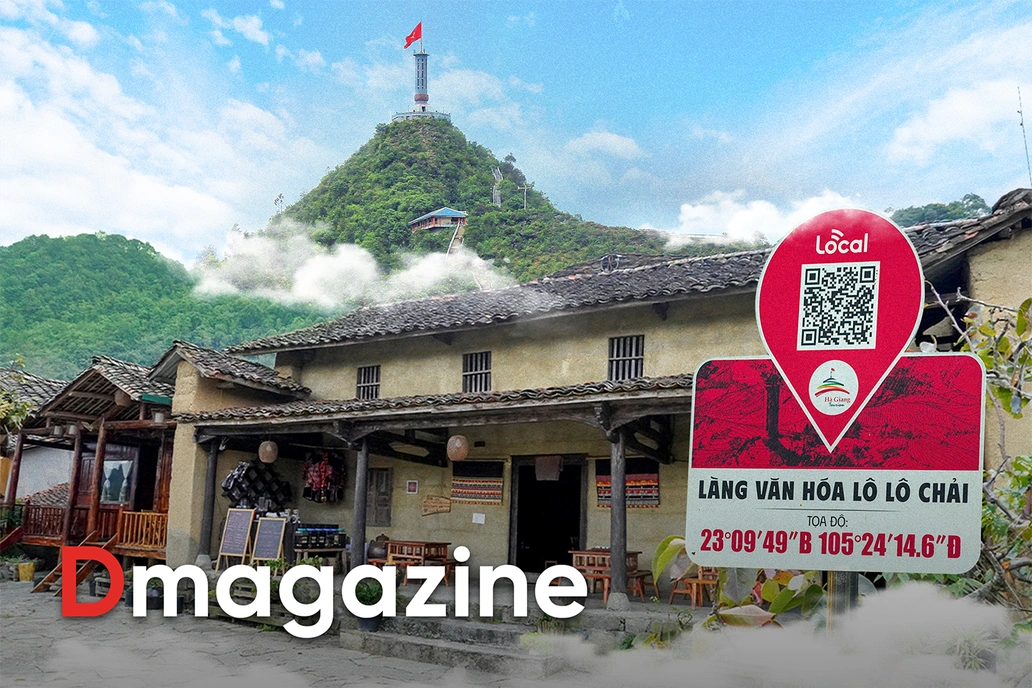

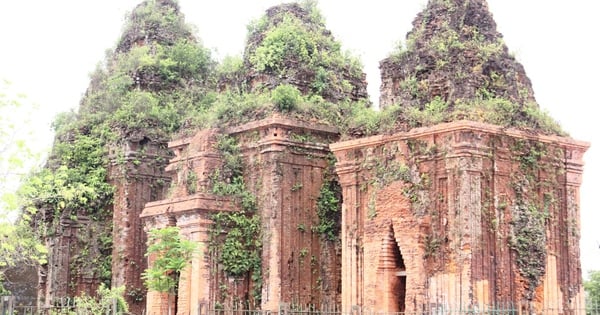

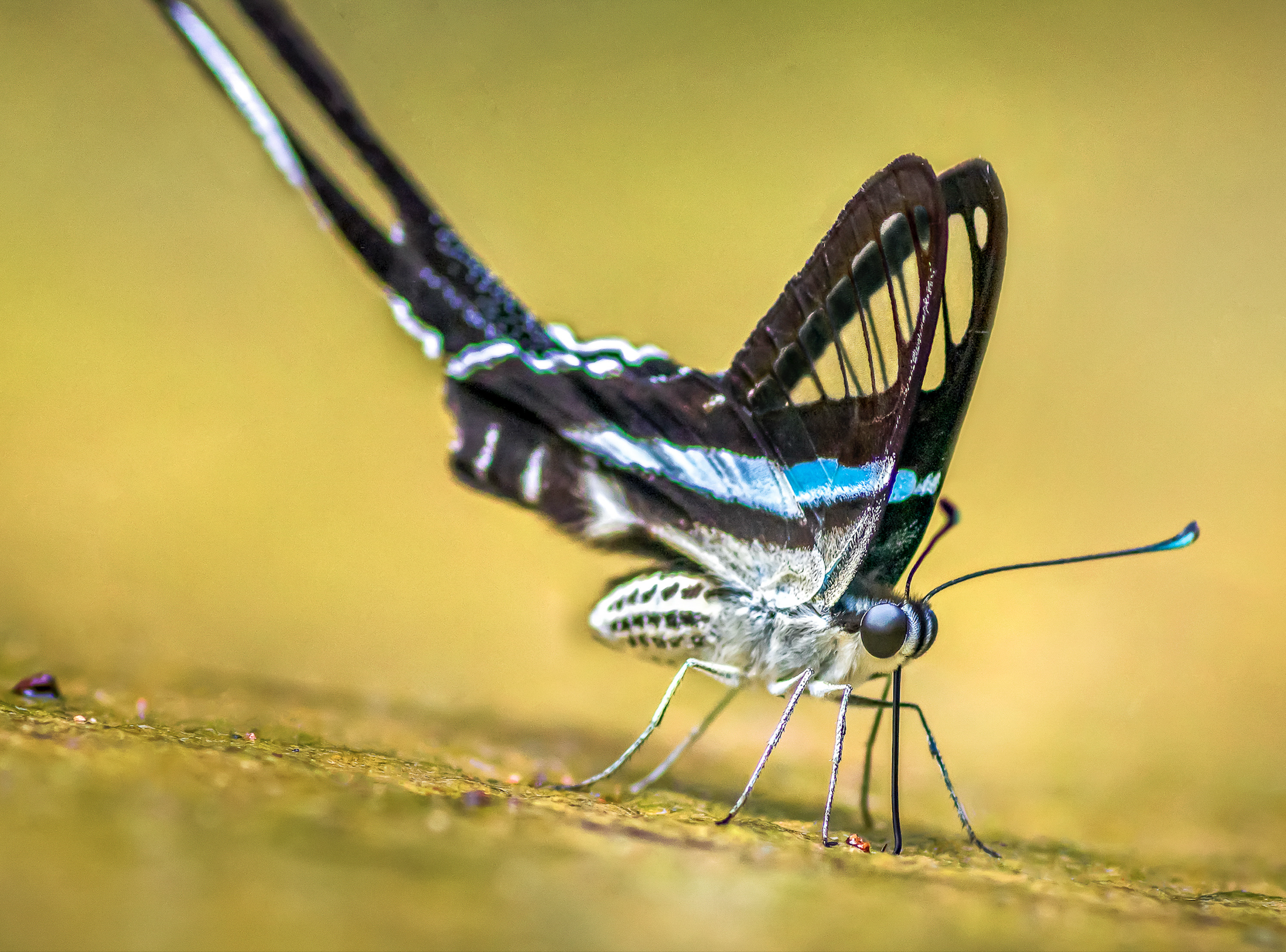

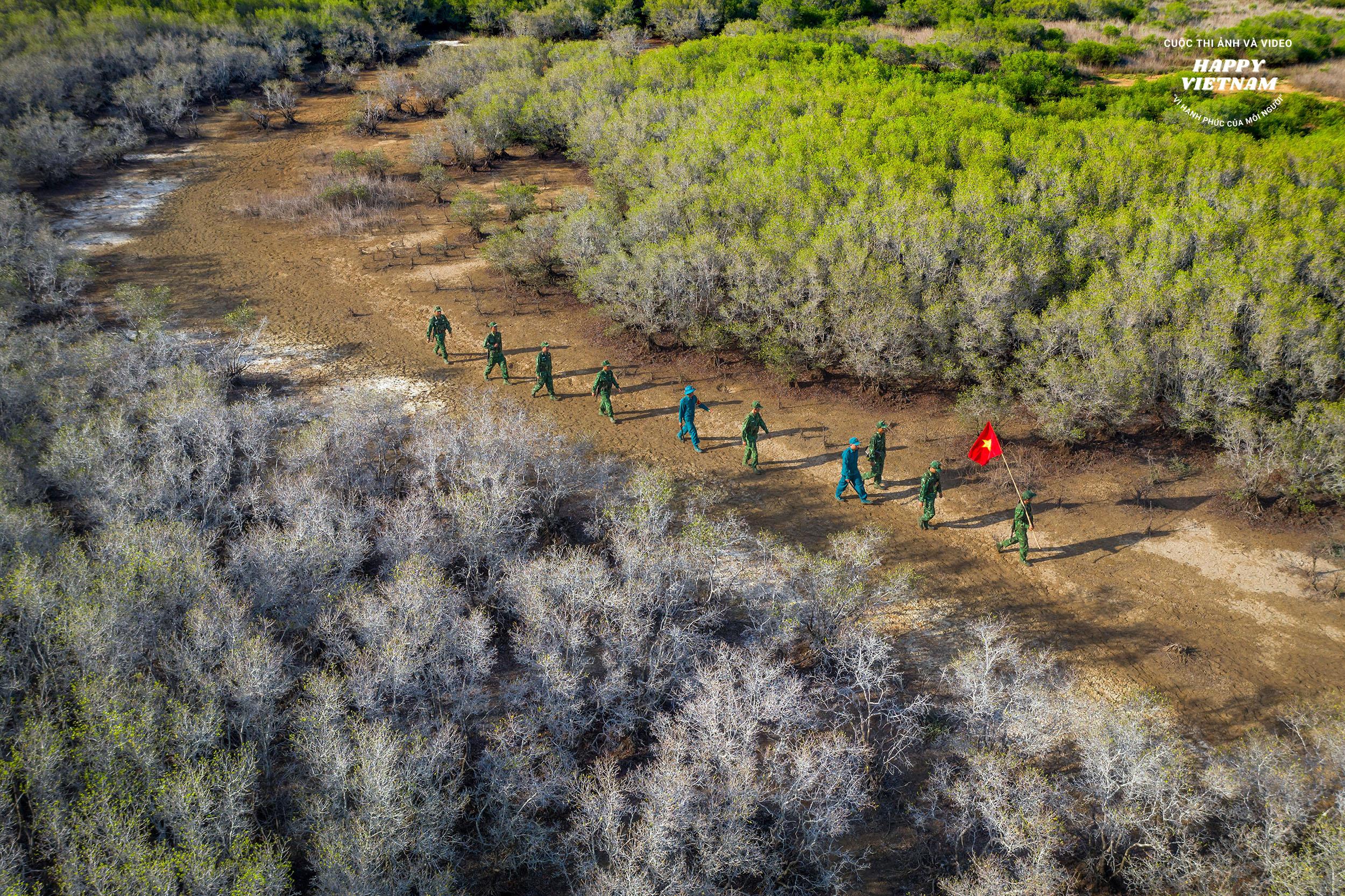




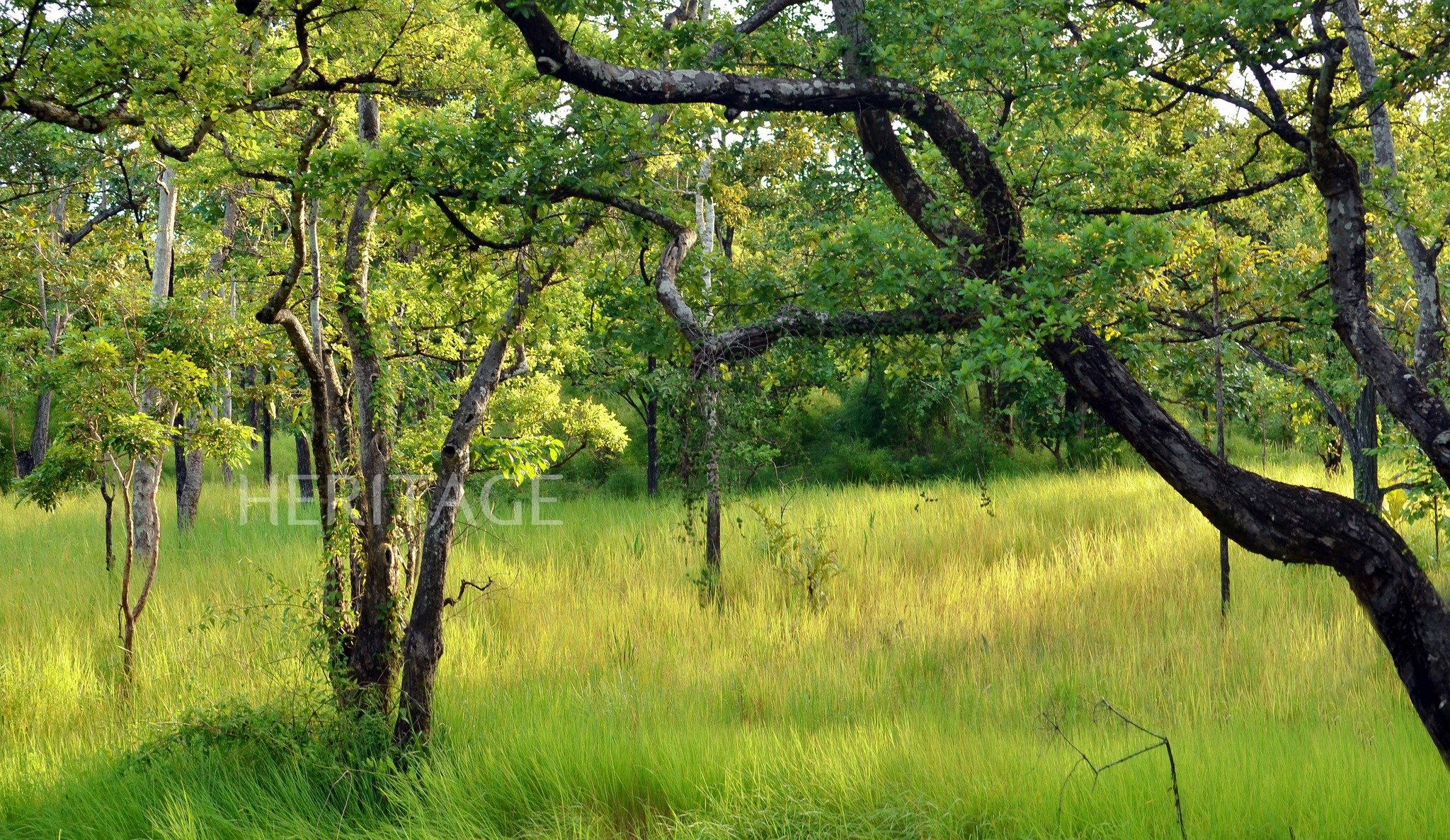

















































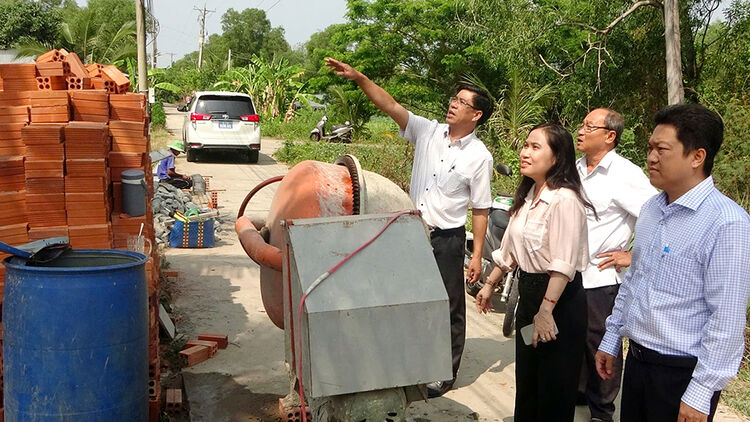
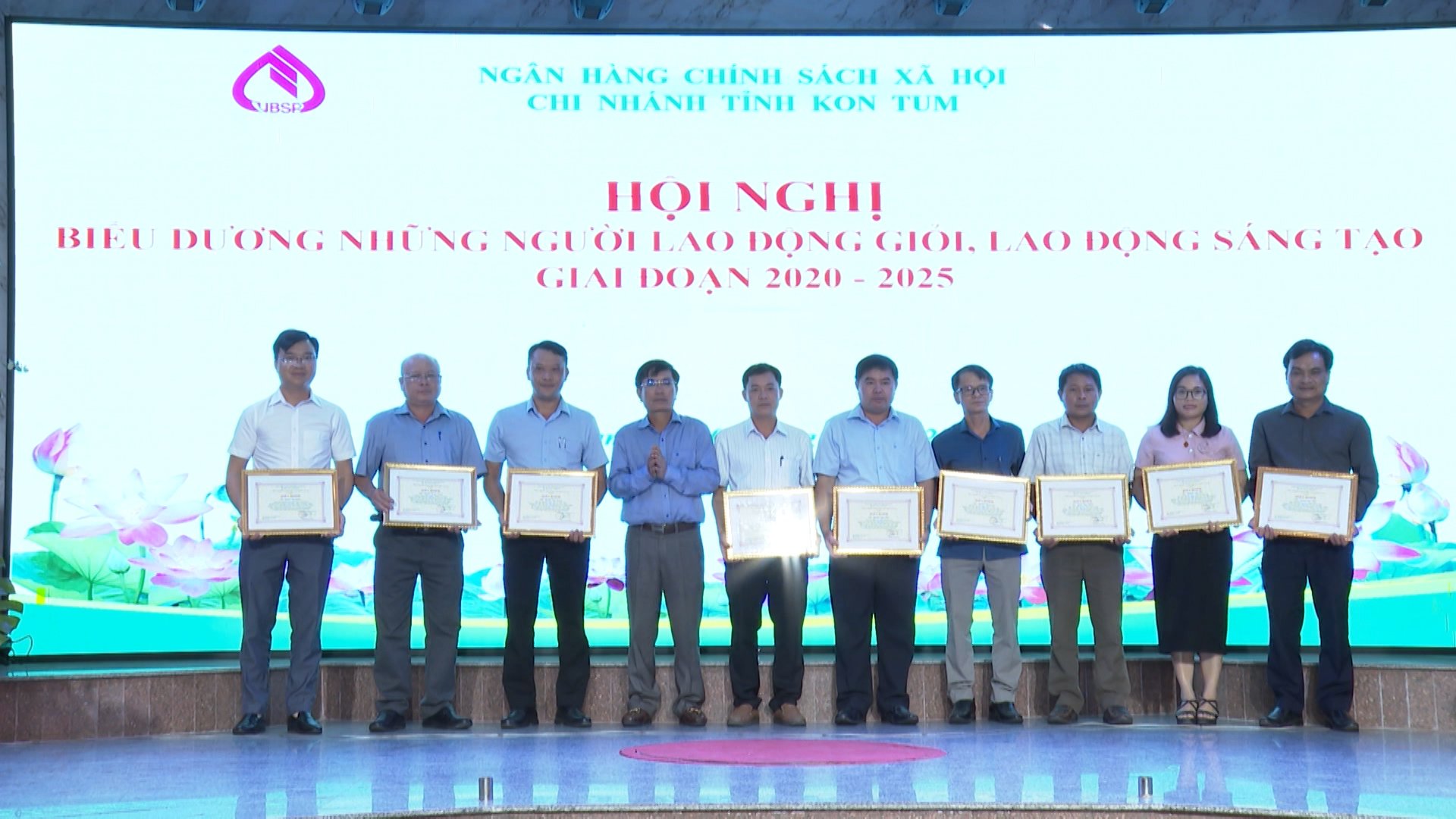

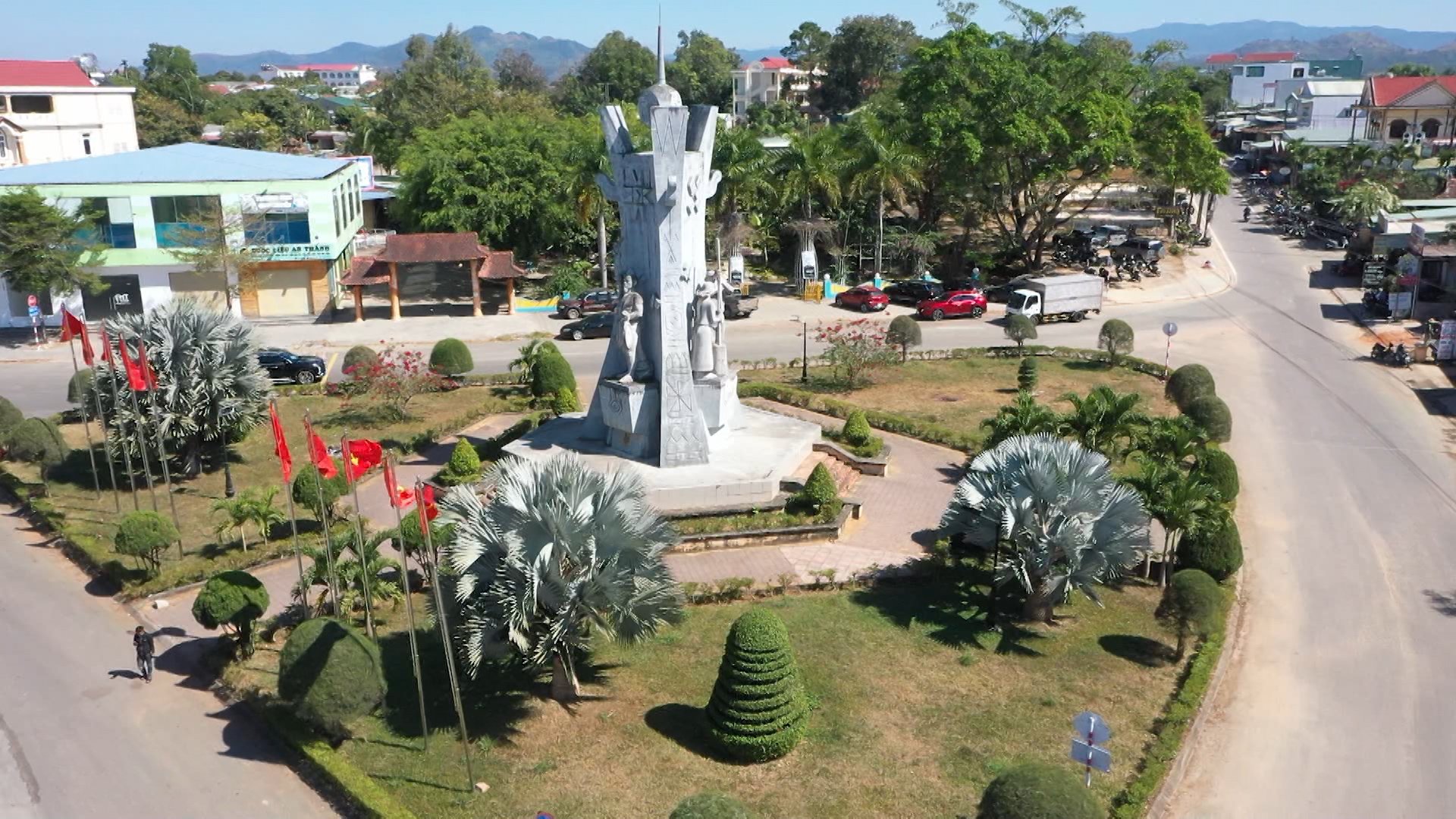












Comment (0)